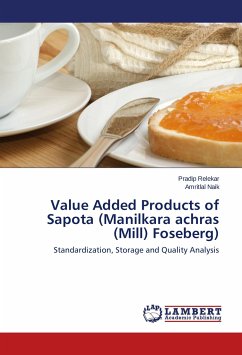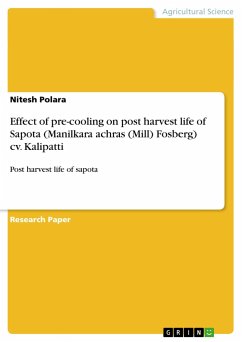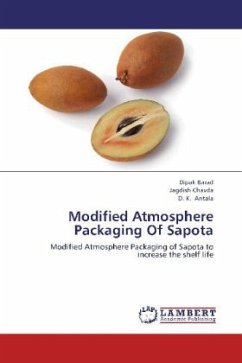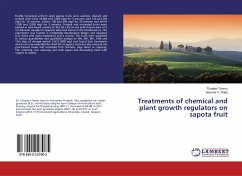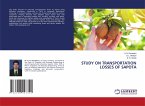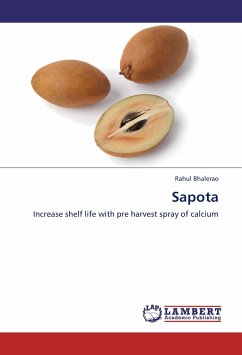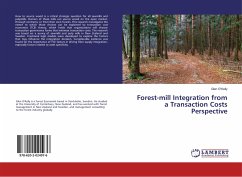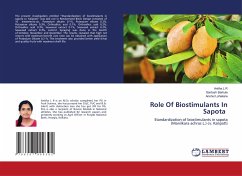Sapota (Manilkara achras (Mill) Fosberg) is known for its sweet delicious taste and possesses a delicate aroma when fully ripe. The fruit is a good source of digestible sugar (12 to 18%) and appreciable source of protein, fat, fibre and minerals like calcium, phosphorous and iron (Chadha, 2001). Kalipatti is an outstanding variety of sapota cultivated in Gujarat due to its excellent taste and aroma, soft and mellow flesh with less number of seeds, high productivity with little incidence of insect-pest and diseases. Being climacteric in nature, the fruit is highly perishable with limited shelf-life. Due to cold sensitive nature of the fruit, bulk of the produce needs immediate disposal for table purpose and is handled at ambient conditions causing considerable post harvest losses. Hence, value addition through processing is imperative not only for economic utilization of increased production of sapota, but also for checking the commodity losses. This book deals with the research work conducted on standardization of recipe, storage and quality analysis of different innovative value added products of sapota. The book will be of immense value to post graduate students and researchers.
Bitte wählen Sie Ihr Anliegen aus.
Rechnungen
Retourenschein anfordern
Bestellstatus
Storno

